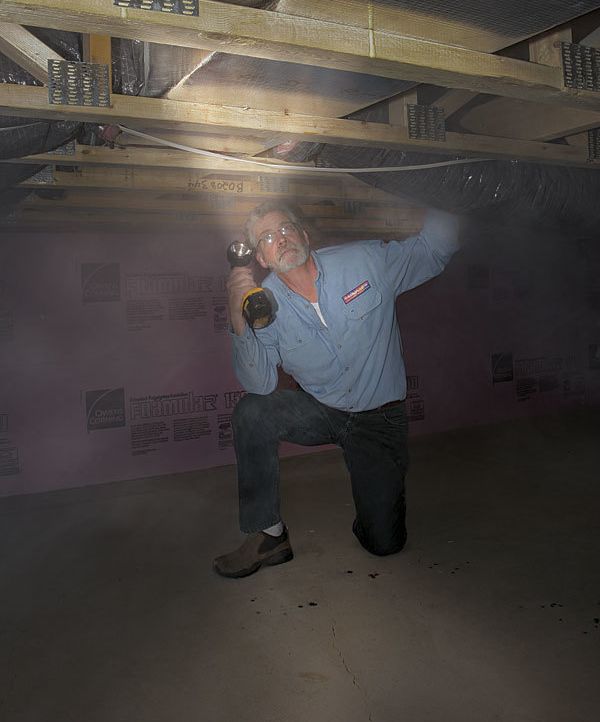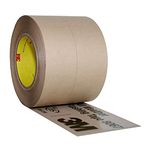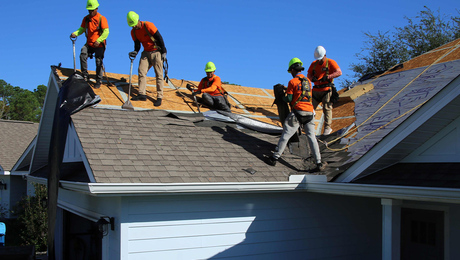Testing and Sealing Ductwork
Leaky ducts waste energy and contribute to a host of building problems.

Synopsis: Although most people don’t worry much about leaky ducts, they can cause a host of building problems, ranging from cold rooms to a life-threatening buildup of carbon monoxide. At a minimum, leaky ducts mean the air in the HVAC system isn’t going where it’s supposed to, making it more expensive to operate the system and more difficult to keep the home comfortable. A. Tamasin Sterner and Larry Armanda, both presidents of energy-related consulting businesses, explain how to use a pressure-pan test to identify duct leaks, and a duct-blower test to quantify leaks. They then share three strategies for making ductwork airtight: (1) using zip ties with flex ducts, (2) keeping ductwork in conditioned spaces, and (3) sealing subassemblies before installation. They recommend sealing small leaks with mastic, and larger leaks with fiberglass tape under a coat of mastic.
Unlike pipes, ducts don’t hold water, sewage, or flammable gases, so most people don’t worry about them leaking. Leaky ducts can cause a host of building problems, however, ranging from cold rooms to a life-threatening buildup of carbon monoxide.
Because HVAC systems use a blower to circulate conditioned air, duct leakage can adversely affect air pressure inside a house, and intensify air infiltration and exfiltration through the building envelope.
At a minimum, leaky ducts mean the air in your HVAC system isn’t going where it’s supposed to, making it more expensive to operate the system and more difficult to keep your home comfortable.
Fortunately, building codes are finally recognizing that leaky ducts are a problem. The 2006 International Residential Code (IRC) requires (in section M1601.3.1) that “joints of duct systems shall be made substantially airtight by means of tapes, mastics, gasketing, or other approved closure systems.” A 2009 IRC provision requires any home with ducts outside the thermal envelope to have them tested for airtightness and to meet certain requirements.
Unfortunately, few HVAC installers pay attention to duct-sealing, and even fewer are familiar with new code requirements. If you’re a concerned homeowner, builder, or remodeler, you’ll likely have to shepherd testing and sealing efforts yourself.
Duct-testing basics
It’s a given that all ducts leak at least a little, but most duct systems leak a lot more than is acceptable.
You can test duct tightness in several ways. We routinely use two methods: a pressure pan and a duct blower with a blower door. A pressure pan is little more than a gasketed cover to place over supply and return registers. A tap on the top of the pan is attached to a hose that runs to a pressure gauge.
Here’s how to conduct the test: With a blower door depressurizing the house to 25 pascals and with all the supply and return registers open, connect the pressure pan to a manometer (air-pressure gauge), and hold the pan tightly over a register. The negative pressure created by the blower door sucks air through all the leaks in the ductwork and then shows up as a reading from 1 to 25 pascals on the pressure gauge. Higher numbers indicate leakier ducts.
Of the two preferred methods, this test is quicker and easier to do. Pressure-pan testing is most useful where ducts are outside the thermal envelope: in crawlspaces, unconditioned basements, vented attics, and leaky floor cavities. If ducts are inside a conditioned basement, we open a basement door or window, which essentially puts the ductwork outside the thermal envelope.
For more photos, illustrations, and details, click the View PDF button below:
Fine Homebuilding Recommended Products
Fine Homebuilding receives a commission for items purchased through links on this site, including Amazon Associates and other affiliate advertising programs.

Handy Heat Gun

Affordable IR Camera

8067 All-Weather Flashing Tape


















